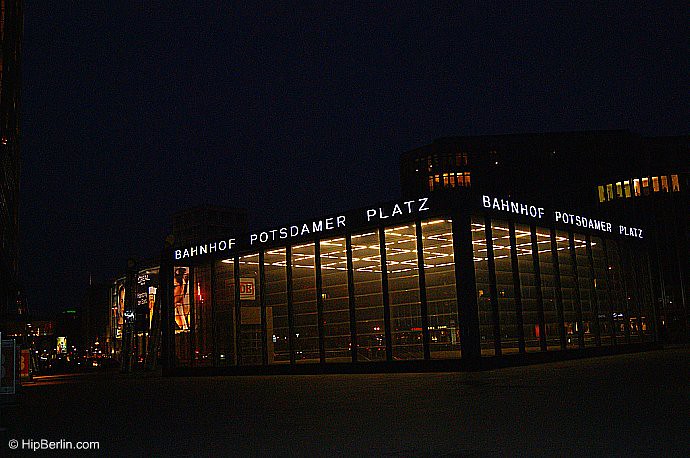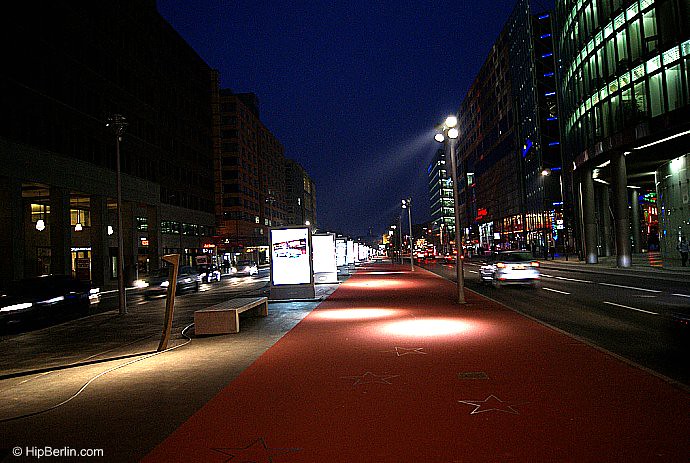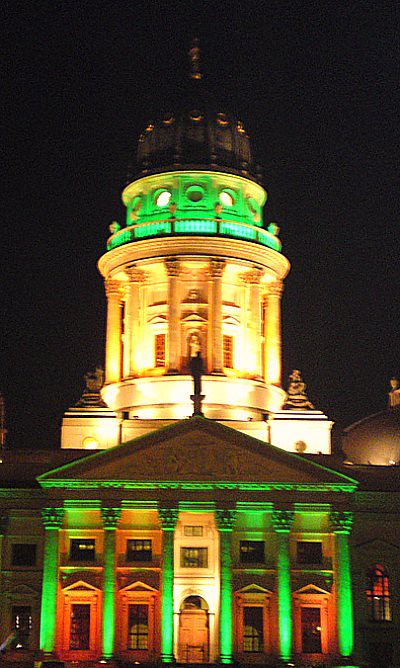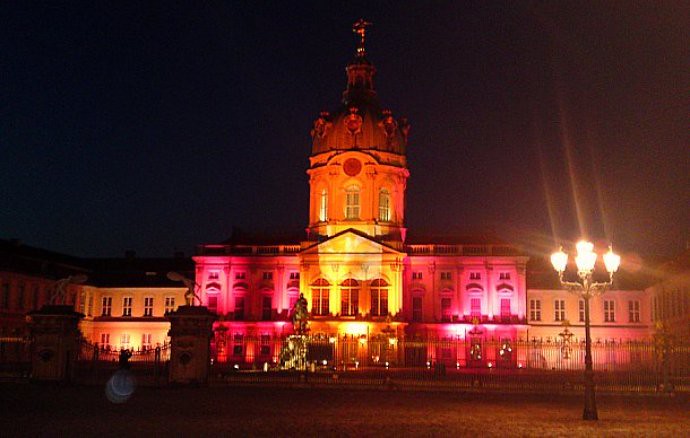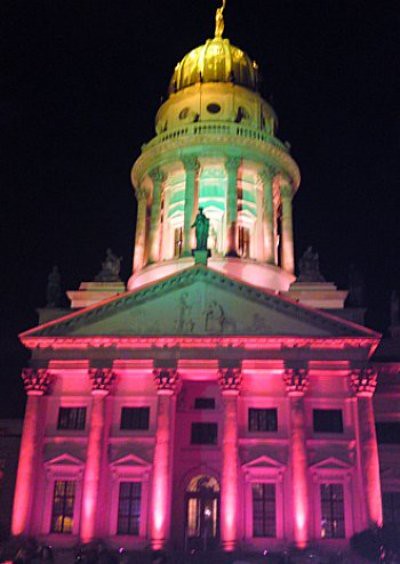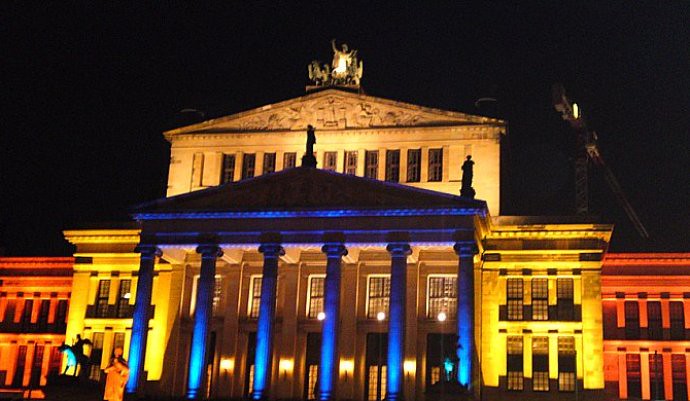
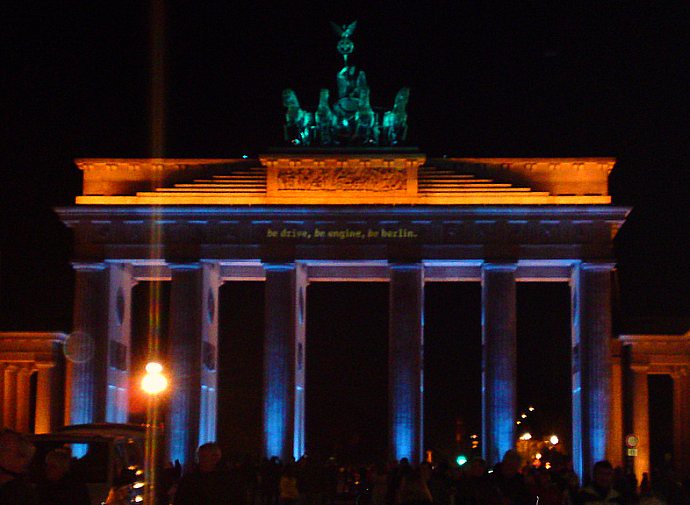
The Brandenburg Gate is the trademark of Berlin. The main entrance to the city, surrounded by the wall for thirty years, was known throughout the world as a symbol for the division of the city and for the division of the world into two power blocs. Today's international visitors to Pariser Platz come to re-experience this first gateway to the city, and to enjoy the long-denied freedom to walk through this magnificent work of art and look at it up close.
It was built as the grandest of a series of city gates constituting the passages through the customs wall encircling the city at the end of the eighteenth century. It is the only gate which survived, because it constitutes the monumental termination of Unter den Linden, the renowned boulevard of linden trees which led directly to the residence of the Prussian kings until the destruction of the city castle. The entire construction and ornamentation of the gate reflect the extraordinary importance it was granted by its builders. The architect selected as the model for his design the Propylaea in Athens, the monumental entry hall of the Acropolis. Just as the Propylaea led to a shrine of the Ancient world, this gate was to represent the access to the most important city of the Prussian kingdom. This reference to Antiquity made it the structure which founded the Classic age of architecture in Berlin, an epoch which brought the city its sobriquet "Spreeathen" ("Athens of the Spree" -- Berlin's river is called the Spree). The most important sculptor in Berlin during this period carried out the accompanying agenda of visual explanation. The Brandenburg Gate is crowned with a quadriga depicting the goddess of victory, "who brings peace", marching into the city. The relief on the pedestal portrays her again with her attendants. Personifications of virtues like friendship and statesmanship are represented, along with symbols of arts and sciences, because they make a city like Berlin bloom in times of peace. Reliefs with the exploits of Hercules in the passages allude to the time of the wars and the subsequent period of reconstruction, during which Friedrich II made Prussia into a European power and laid the foundation for flourishing trade and crafts. The gate thus is also a memorial for the king who died a few years before its construction.
The Brandenburg Gate is not only a symbol of division and reunification; it was also the site of many other events in German history, a history characterized by so many peaks and troughs. In 1806 Napoleon marched triumphantly into Berlin and carried the Quadriga away with him to Paris as a spoil of war. In 1814, after the victorious conclusion of the wars of liberation, Schinkel replaced the oak wreath on the goddess' scepter with an iron cross, changing the figure's interpretation from a courier of peace into a goddess of victory. In 1933 the National Socialists marched through the gate in a martial torch parade, introducing the darkest chapter of German history, ultimately leaving the city destroyed and Germany divided.
Source: stadtentwicklung.de

